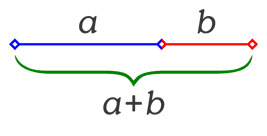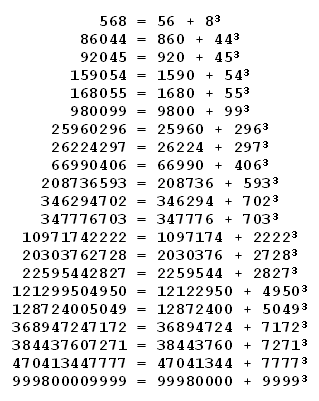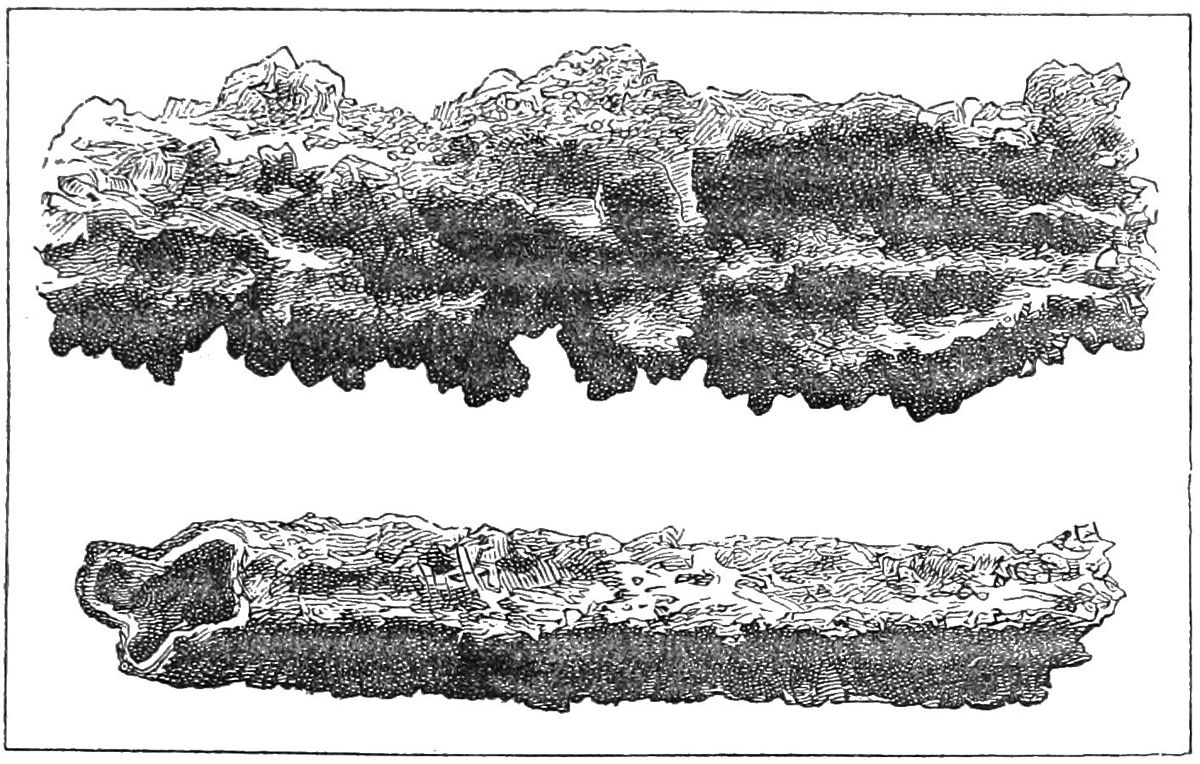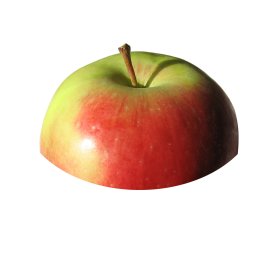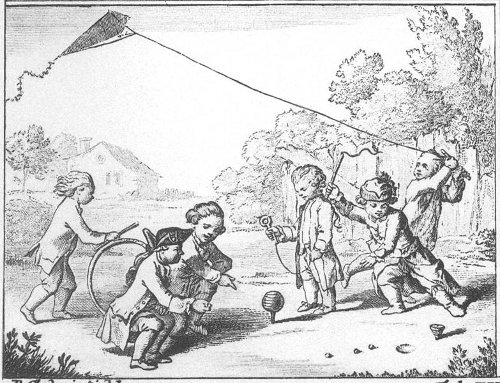
If I have two children, there’s a 50 percent chance that I’ll have a boy and a girl.
But if I have four children, the chance that I’ll have an equal number of boys and girls drops to 6 in 16, or 37.5 percent.
This trend continues — as the number of offspring rises, the chance of having precisely the same number of boys and girls drops:
2 children: 50 percent
4 children: 37.5 percent
8 children: 27.34375 percent
16 children: 19.6380615 percent
32 children: 13.9949934 percent
64 children: 9.9346754 percent
128 children: 7.0386092 percent
This is worrying. Does it mean that in a large population Jacks might drastically outnumber Jills?
No. As the population grows, the distribution assumes the shape of a normal bell curve concentrated near 1/2. So while the chance of precise parity drops, the chance that a large population will have approximately equal numbers of girls and boys actually increases, as we’d expect.

